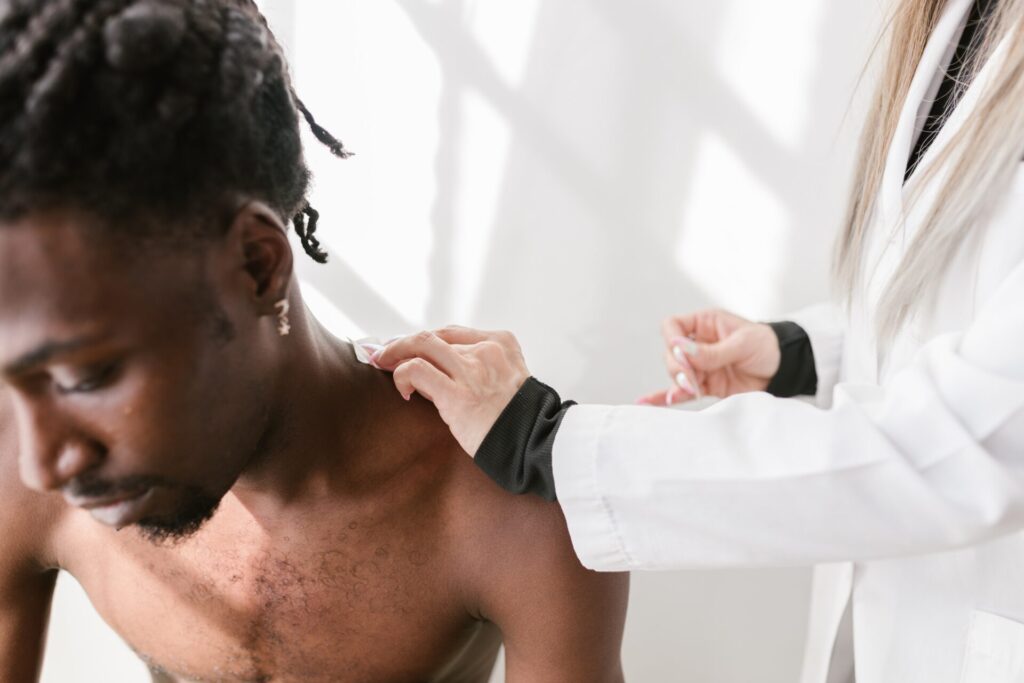The Importance of Physical Therapy for Shoulder Labral Tear Recovery
Introduction
Shoulder labral tears are common in athletes due to the repetitive nature of certain movements or inadequate use of the shoulder joint. Specifically, the shoulder labrum, which helps form the socket of the shoulder joint, is often subject to stress and can become injured. The tear can be caused by acute trauma or degenerative changes over time.
Individuals affected by this injury have treatment options that vary in severity depending on the type and severity of the tear. Physical therapy is one common method used in rehabilitation and may help improve the range of motion. Additionally, it can be instrumental in reducing inflammation and pain associated with the injury.
What To Expect At Physical Therapy
During your physical therapy session, your therapist will evaluate your injury and develop a tailored treatment plan based on your diagnosis and objectives. Manual therapies such as soft tissue massage, joint mobilization, or manipulation may be employed to alleviate pain and improve range of motion. To reduce tightness or spasms, therapeutic modalities such as heat or cold therapy as well as electrical stimulation may be used. Additionally, you will be trained on specific exercises that target muscle groups, enhancing your strength, stability, and coordination while protecting the injured area from further damage. If needed, your therapist may recommend braces or splints for support during recovery.
What Types Of Exercises You Might Do And Why They Help
Your physical therapist will use passive exercises to increase your range of motion while allowing the injured area to heal properly. Active exercises such as strength training, proprioceptive training, and coordination drills can help restore mobility and reduce the risk of further injury by increasing stability.
Examples of recommended exercises:
There are a number of exercises that can be utilized for recovery after a labral tear. It’s important to work back to a higher level of activity with direction from your physical therapist.
- Strengthening exercises (weights, resistance bands, body weight): build muscle, tendons, and ligaments around the affected area for increased stability
- Proprioceptive training (balance): improves neuromuscular control and helps prevent falls or re-injury
- Coordination drills (incorporate various ranges of motion): improve range of motion and reinforce proper movement patterns
How Long Does Recovery Take?
Recovery time depends on injury severity and compliance with prescribed physical therapy. Results usually appear 6-12 weeks after starting PT and following all instructions, such as avoiding activities that could aggravate the injury. Note that medical history can also affect healing time.
How Physical Therapy Prevents Re-injury?
Returning too soon after an injury can lead to re-injury, so physical therapists inform patients of activities to avoid while recovering. Research shows that therapy reduces pain and re-injury risk by strengthening weak areas and correcting structural abnormalities. Progress is monitored throughout recovery to ensure a safe return to sports.
Conclusion
To manage shoulder labral tears and prevent debilitation, physical therapy is essential. Athletes, in particular, need to avoid premature return to sports to avoid risks. Tailored exercise programs and manual therapies under professional guidance are typically effective for musculoskeletal conditions like shoulder labral tears unless deemed medically unfit.

